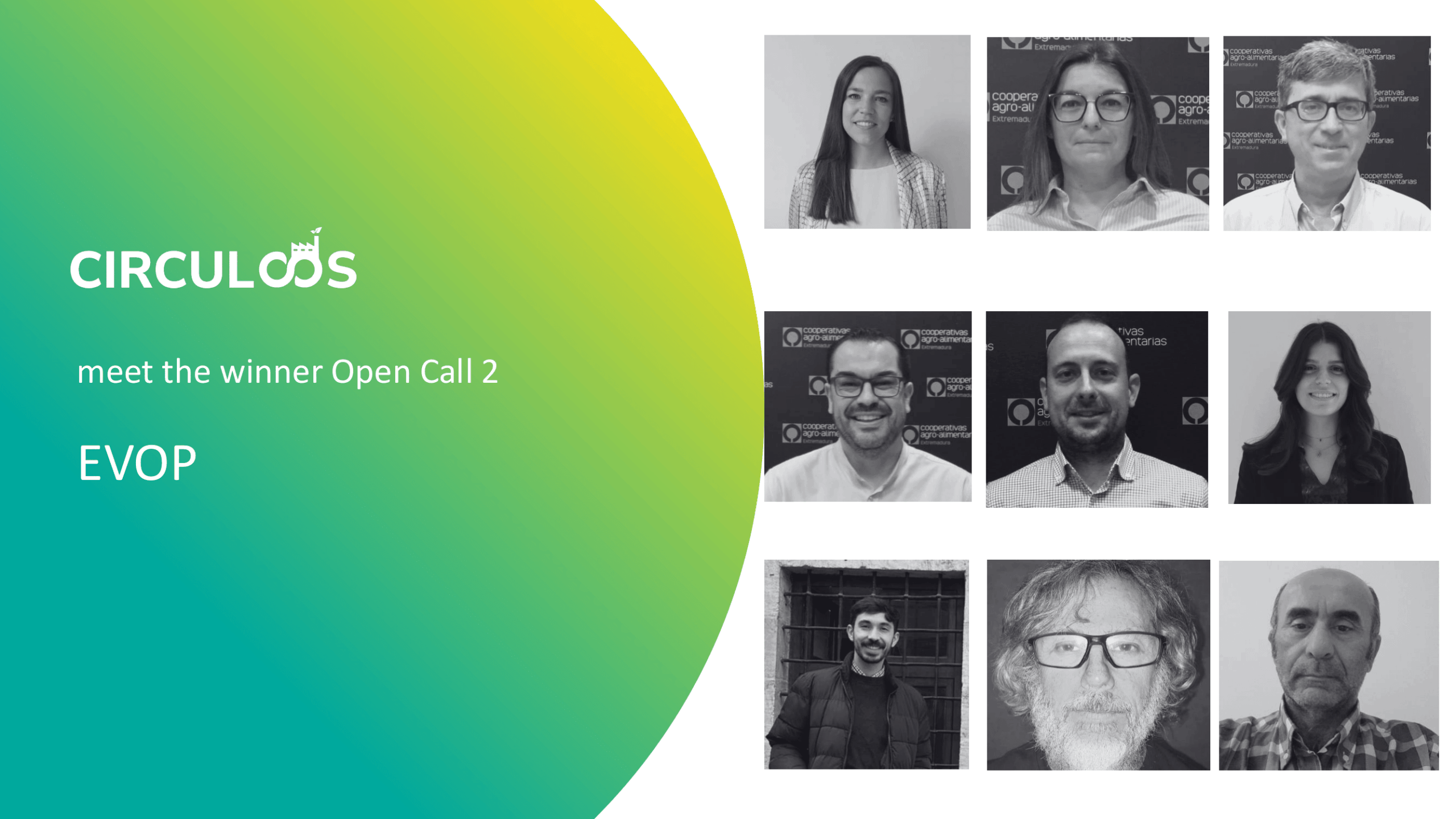At the heart of the EVOP pilot is a passionate consortium working to bridge agriculture, energy, and digital innovation. Led by the Chambers of Commerce of Badajoz and CAMACOES Italy, and joined by Cooperativas Agroalimentarias and bioenergy experts Mercado Biomasa, this multidisciplinary team is driving a vision for a greener, more resilient rural Europe.
Together, they’ve co-designed a circular bioenergy model that transforms olive pits—a local agri-food residue—into a renewable heating source for olive mills. By leveraging CIRCULOOS’ digital tools, EVOP brings circular economy to life through traceability, sustainability analysis, and replicability across regions. The result? A scalable solution that reduces emissions, cuts energy costs, and empowers rural SMEs to thrive in the green transition.


